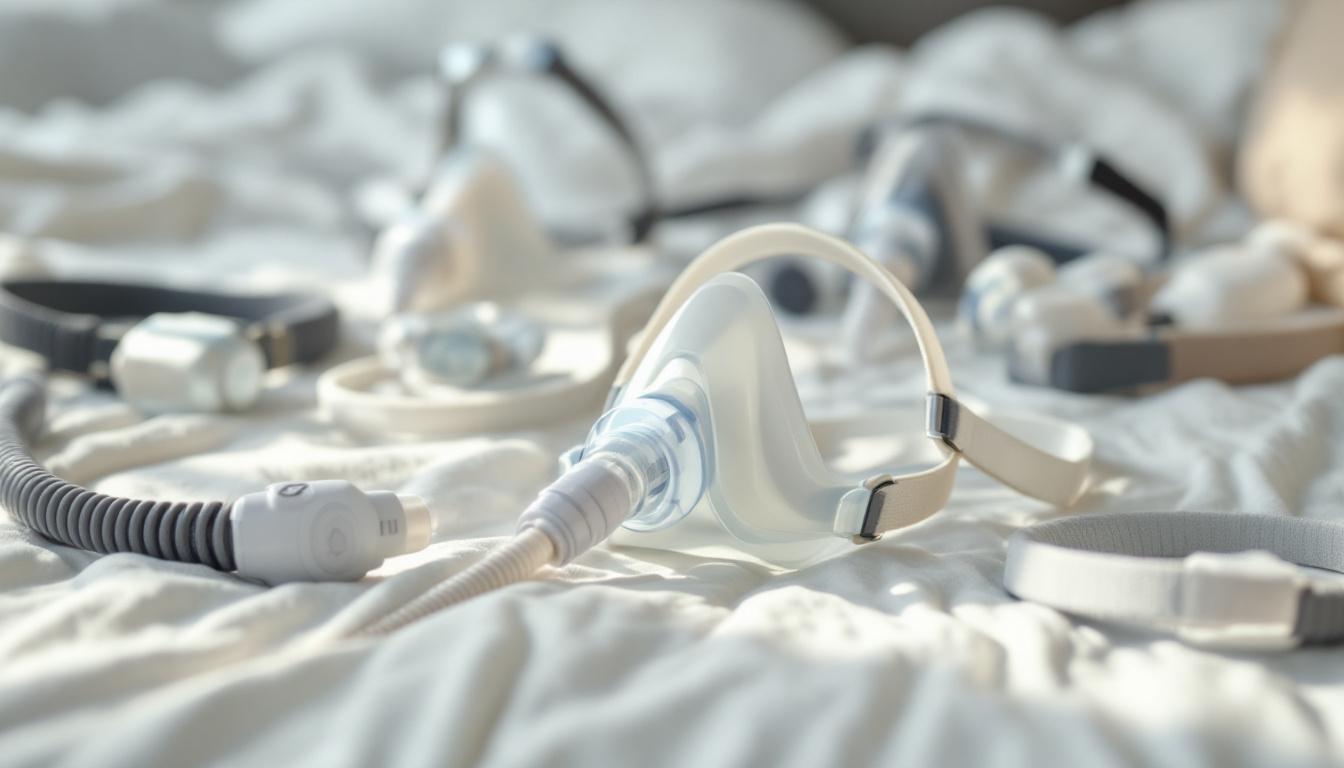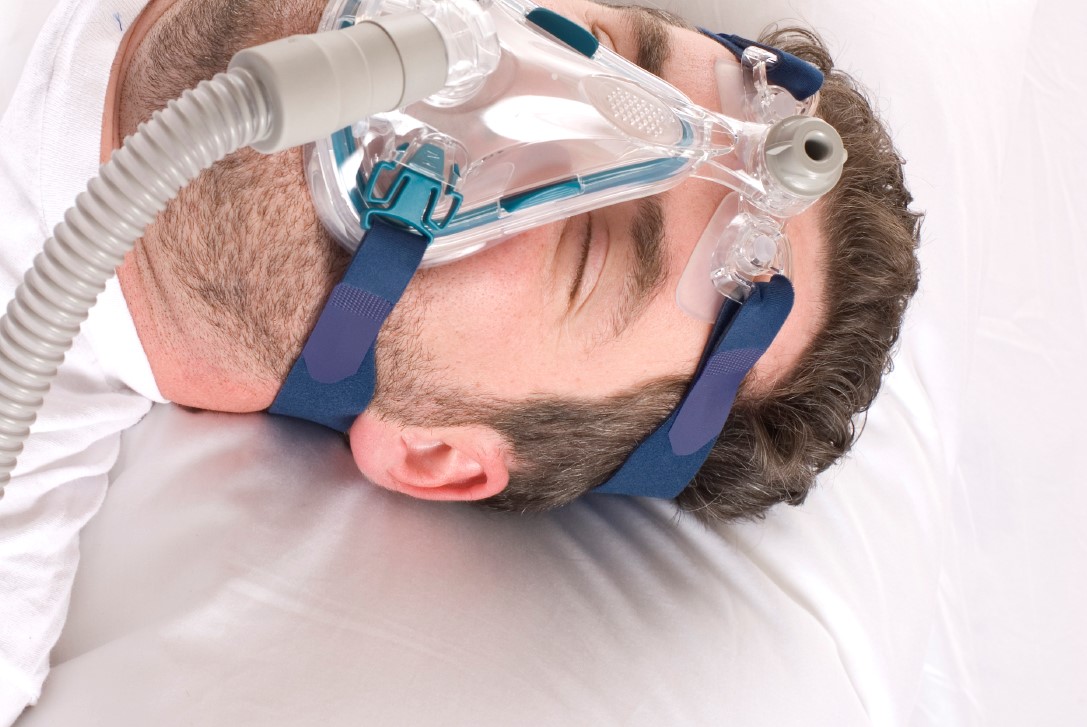Continuous Positive Airway Pressure (CPAP) therapy has become a cornerstone in the treatment of obstructive sleep apnoea (OSA) in Australia. The effectiveness of CPAP therapy largely hinges on the quality and suitability of the CPAP mask used. This article delves into the various aspects that contribute to the effectiveness of CPAP masks, exploring their design, types, and the importance of proper fitting.
Understanding CPAP Therapy
CPAP therapy involves the use of a machine that delivers a continuous stream of air through a mask, keeping the airways open during sleep. This treatment is essential for individuals diagnosed with OSA, a condition characterised by repeated interruptions in breathing during sleep. The effectiveness of CPAP therapy is significantly influenced by the mask’s design and how well it fits the user.
In Australia, a wide range of CPAP masks Australia is available, catering to diverse needs and preferences. With the right information and support, individuals can find the perfect mask to ensure they receive the full benefits of their CPAP treatment, paving the way for a healthier, more restful sleep.

How CPAP Masks Work
The primary function of a CPAP mask is to create a seal around the nose or mouth, allowing the pressurised air from the CPAP machine to flow unobstructed into the airway. This pressurised air prevents the soft tissues in the throat from collapsing, which is a common issue in individuals suffering from OSA. A well-fitted mask ensures that the air pressure remains consistent, maximising the treatment’s efficacy. There are various types of masks available, including nasal masks, full-face masks, and nasal pillows, each designed to cater to different preferences and comfort levels. Selecting the right type of mask can significantly enhance a patient’s experience, making it easier to adapt to the therapy.
Read more at: Buy CPAP Mask Online A Complete Guide
Importance of Compliance
Compliance with CPAP therapy is crucial for its success. Studies indicate that patients who consistently use their CPAP machines experience significant improvements in their sleep quality and overall health. A comfortable and effective mask is fundamental in encouraging regular use. If the mask is uncomfortable or ill-fitting, patients may be less likely to adhere to their treatment regimen, undermining the therapy’s benefits. Furthermore, regular follow-ups with healthcare providers can help address any issues related to mask fit or comfort, ensuring that patients remain motivated and engaged in their treatment. Educational resources and support groups can also play a pivotal role in fostering a positive attitude towards CPAP therapy, helping individuals understand the long-term health benefits of consistent use and encouraging them to share their experiences with others facing similar challenges.
Types of CPAP Masks
There are several types of CPAP masks available, each designed to cater to different needs and preferences. Understanding the various options can help users make informed decisions about which mask is best suited for their individual circumstances.

Nasal Masks
Nasal masks are one of the most popular types of CPAP masks. They cover only the nose and are ideal for patients who breathe through their noses during sleep. These masks are typically lightweight and less obtrusive, making them a comfortable choice for many users. However, they may not be suitable for individuals who tend to breathe through their mouths, especially if they have nasal congestion.
Full Face Masks
Full face masks cover both the nose and mouth, making them an excellent option for mouth breathers or those who experience nasal congestion. These masks provide a secure fit and are effective in delivering the necessary air pressure. However, they can be bulkier and may feel less comfortable for some users. It is essential to choose a mask that fits well to avoid leaks and ensure effective therapy. Find more about pressure on https://www.health.harvard.edu/heart-health/blood-pressure-how-low-should-you-go
Nasal Pillows
Nasal pillows are a less common but increasingly popular option. They consist of two small cushions that fit directly into the nostrils, providing a minimalistic approach to CPAP therapy. This type of mask is often preferred by those who feel claustrophobic with larger masks. However, users must ensure that they have a good seal to prevent air leaks, which can compromise the effectiveness of the therapy.
Key Features of Effective CPAP Masks
When selecting a CPAP mask, several key features contribute to its effectiveness. Understanding these features can help users choose a mask that meets their needs and enhances their therapy experience.
Comfort and Fit
A comfortable fit is paramount for any CPAP mask. Masks that are too tight can cause discomfort and skin irritation, while those that are too loose may lead to air leaks. Many manufacturers offer masks in various sizes, and some even provide adjustable straps to ensure a snug fit. Users should consider trying different sizes and styles to find the most comfortable option.
Material and Design
The materials used in CPAP masks play a significant role in their effectiveness. Masks made from soft, hypoallergenic materials can reduce the risk of skin irritation and allergies. Additionally, the design of the mask should allow for adequate airflow while minimising noise. A quiet mask can enhance the overall sleep experience for both the user and their partner.
Ease of Cleaning and Maintenance
Regular cleaning and maintenance of CPAP masks are essential for hygiene and longevity. Masks should be easy to disassemble and clean, with materials that can withstand regular washing. Many modern masks are designed for easy maintenance, with detachable parts that can be washed separately. Users should follow the manufacturer’s guidelines for cleaning to ensure the mask remains in optimal condition.
The Importance of Proper Fitting
Proper fitting of a CPAP mask is critical for effective therapy. An ill-fitting mask can lead to discomfort, air leaks, and reduced therapeutic benefits. Therefore, it is advisable for users to seek professional help when selecting and fitting their CPAP masks.
Consultation with a Sleep Specialist
Consulting with a sleep specialist or respiratory therapist can provide valuable insights into the selection and fitting of CPAP masks. These professionals can assess individual needs and recommend the most suitable mask type based on factors such as facial structure, breathing patterns, and comfort preferences. They can also provide guidance on adjusting the mask for a better fit. To read more about comfort click here.
Trial and Adjustment
Many CPAP suppliers in Australia offer trial periods for masks, allowing users to test different options before making a final decision. This trial phase is crucial, as it provides an opportunity to assess comfort and effectiveness. Users should be encouraged to communicate any issues they encounter during the trial period, as adjustments may be necessary to achieve the best fit.
Common Challenges and Solutions
While CPAP masks are effective, users may encounter challenges that can hinder their therapy. Identifying these challenges and exploring potential solutions can enhance the overall experience.
Mask Leaks
Mask leaks are one of the most common issues faced by CPAP users. They can occur due to an improper fit or movement during sleep. To address this, users should ensure that the mask is correctly fitted and adjusted before going to bed. Additionally, using a mask with a flexible cushion can help accommodate movements without compromising the seal.
Skin Irritation
Skin irritation can occur due to prolonged contact with the mask. To minimise this, users can apply a barrier cream to the areas where the mask makes contact with the skin. Regular cleaning of the mask can also prevent the build-up of sweat and oils that may contribute to irritation. Users should consult their healthcare provider if irritation persists.
Claustrophobia
Some users may experience feelings of claustrophobia when wearing a CPAP mask. In such cases, opting for a nasal pillow mask or a lightweight nasal mask may help alleviate discomfort. Gradually increasing the time spent wearing the mask during the day can also help users acclimatise to the sensation, making it easier to use during sleep.
Conclusion
CPAP masks play a vital role in the effectiveness of CPAP therapy for individuals with obstructive sleep apnoea. Understanding the different types of masks, their features, and the importance of proper fitting can significantly enhance the user experience. By addressing common challenges and seeking professional guidance, users can maximise the benefits of their CPAP therapy, leading to improved sleep quality and overall health.

